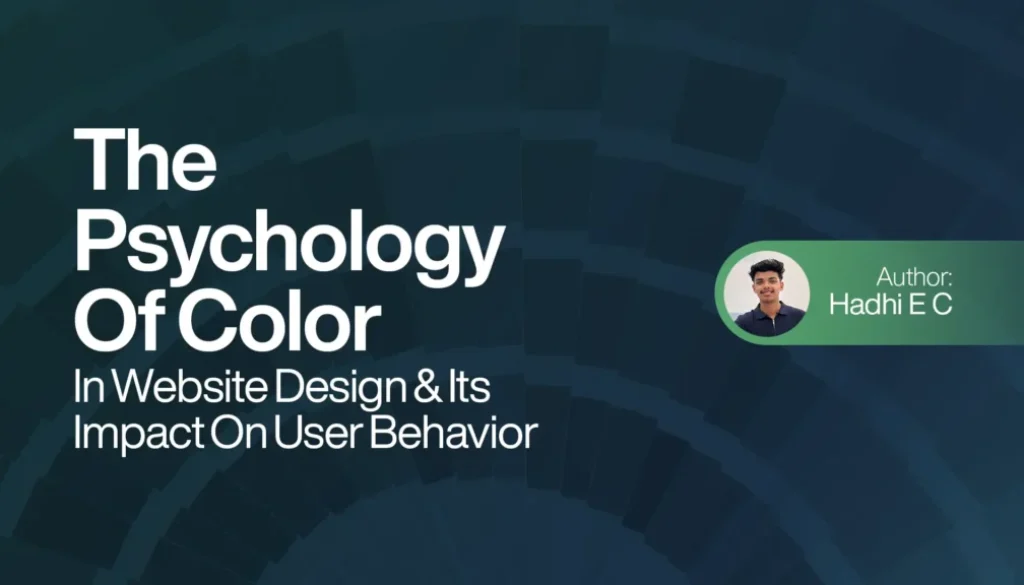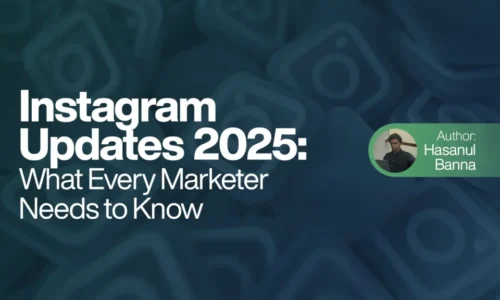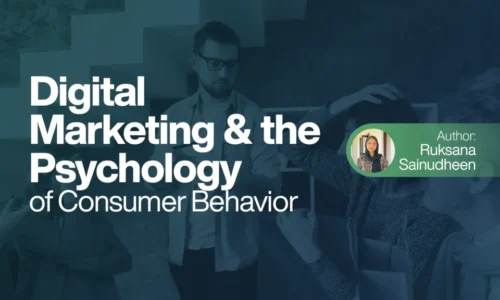The Psychology Of Color In Website Design and Its Impact On User Behavior
Have you ever visited a website and felt instantly calm or excited without reading a single word?
That’s the power of color. It quietly shapes our feelings, builds trust, and even influences our decisions. While most people focus on layout, speed, or images, color can make or break the user experience.
In this blog, let’s explore how different colors affect behavior and how you can use them to create websites that feel just right.
Table of Content
Why Color Is So Important in Web Design
Color does more than make your site look good; it creates an emotional response. Within a minute and a half of encountering a brand, most people decide whether to trust it color drives up to 90% of that decision.
The right color can:
- Set the mood
- Highlight important areas
- Guide the user journey
- Increase clicks and conversions
What Different Colors Say to Users
Each color sends a message. Here’s what the most common colors usually make people feel:
Red – Urgency & Energy
Red grabs attention. It’s exciting, bold, and often used for:
- Flash sales
- “Buy Now” buttons
- Food and entertainment sites
Too much red can feel aggressive, so use it wisely.
Orange – Friendly & Confident
Orange is warm and fun. It’s a popular choice for creative and casual brands. Great for:
- CTAs
- Startups
- Kids or lifestyle brands
Yellow – Cheerful & Attention Grabbing
Yellow feels sunny and optimistic. It’s perfect for catching the eye, but too much can strain it.
Use it for:
- Highlights
- Youthful brands
- Light, happy moods
Green – Calm & Natural
Green brings balance. It’s ideal for:
- Eco brands
- Wellness and health sites
- Finance apps (green = money!)
Blue – Trust & Professionalism
In web design, blue stands out as the color that builds the most trust with users. It feels safe, calm, and reliable.
Use it for:
- Tech companies
- Healthcare
- Finance and legal websites
Purple – Luxury & Creativity
Purple feels elegant and imaginative. It works well for:
- Beauty products
- Premium services
- Creative portfolios
Black – Power & Elegance
Black is strong and sleek. It’s often used by high-end fashion and tech brands.
White – Clean & Simple
White creates space and clarity. It makes text easy to read and helps other colors stand out.
How Color Affects User Behavior
Color doesn’t just make people feel it makes them act. Here’s how:
1. Grabs Attention
Bright colors like red or orange can guide users to CTAs or important messages.
2. Builds Trust
Blues and greens make users feel safe and secure perfect for sensitive data or health services.
3. Boosts Conversions
Studies show that simply changing a CTA button from green to orange can increase clicks by 30%. That’s the power of color psychology.
4. Strengthens Branding
Consistent color use helps people remember your brand think Facebook’s blue or McDonald’s red and yellow.
Smart Tips for Using Color in Web Design
Ready to make your colors work harder for you? Try these simple tips:
1. Know Your Brand Personality
Is your brand fun, serious, elegant, or bold? Pick colors that match your tone.
2. Keep It Simple
Use 2–3 main colors and 1–2 accent shades. Too many colors can confuse visitors.
3. Use Contrast
Make sure your text is easy to read. CTAs should pop against the background.
4. Highlight Key Areas
Use bright or bold colors to draw attention to buttons, offers, or forms.
5. Test What Works
Different colors work for different audiences. A/B testing helps you understand what actually works for your users.
6. Think Accessibility
Make sure everyone can use your site. Avoid low contrast, and don’t rely on color alone to show meaning.
A Quick Example
Let’s say you run an online course platform. Your “Start Now” button is light blue it blends in.
Now you change it to a bold orange. Suddenly, more people are clicking it.
You didn’t change the offer just the color. That’s how color affects behavior without a word being said.
Final Thoughts
Color is more than a design choice. It’s a psychological tool that helps people feel something and do something.
The right color can:
- Build trust
- Boost clicks
- Create a memorable experience
So, next time you build or update your website, don’t just ask, “What looks good?” Ask, “What feels right for my users?”
Because when your colors match your message, your website works better.
Author Info



